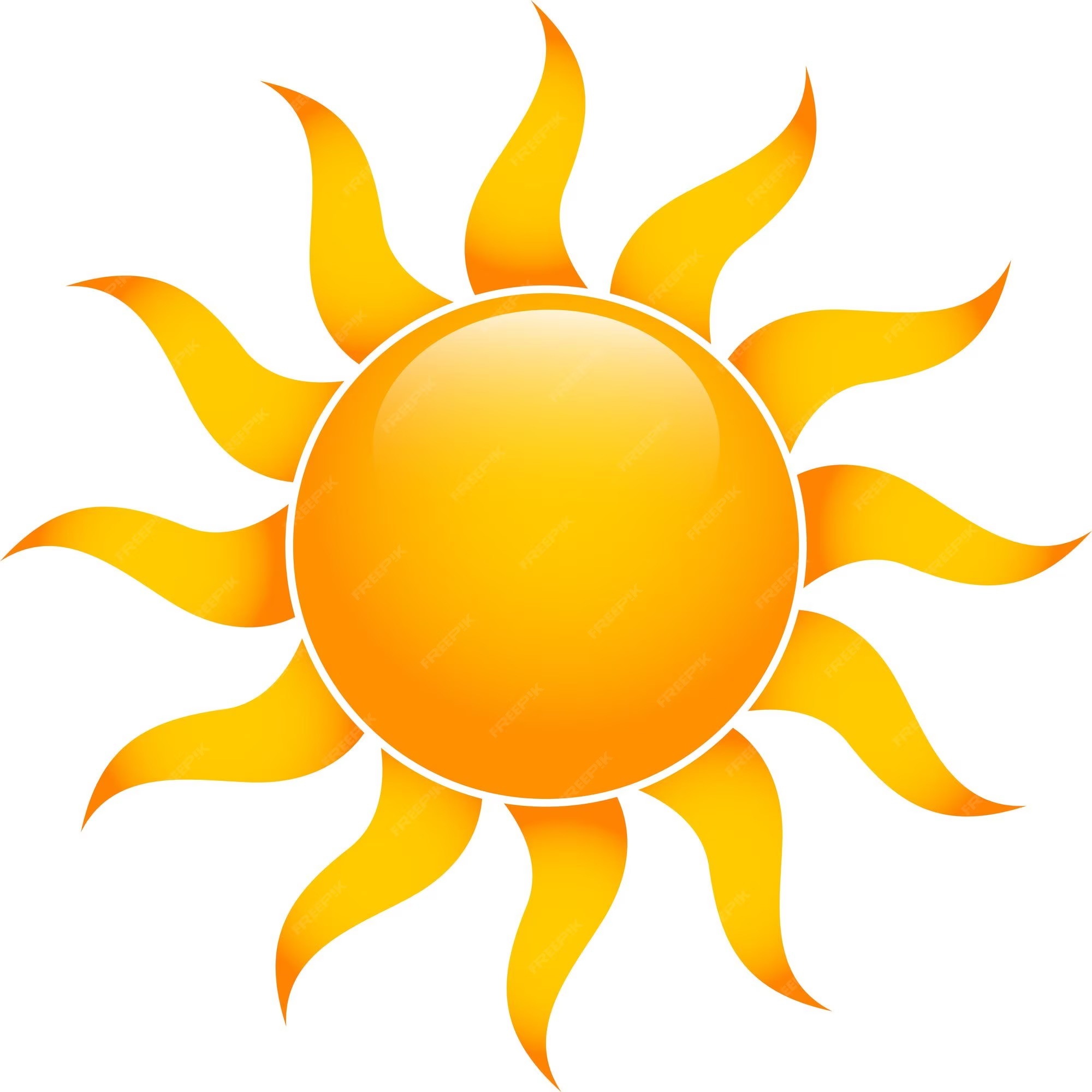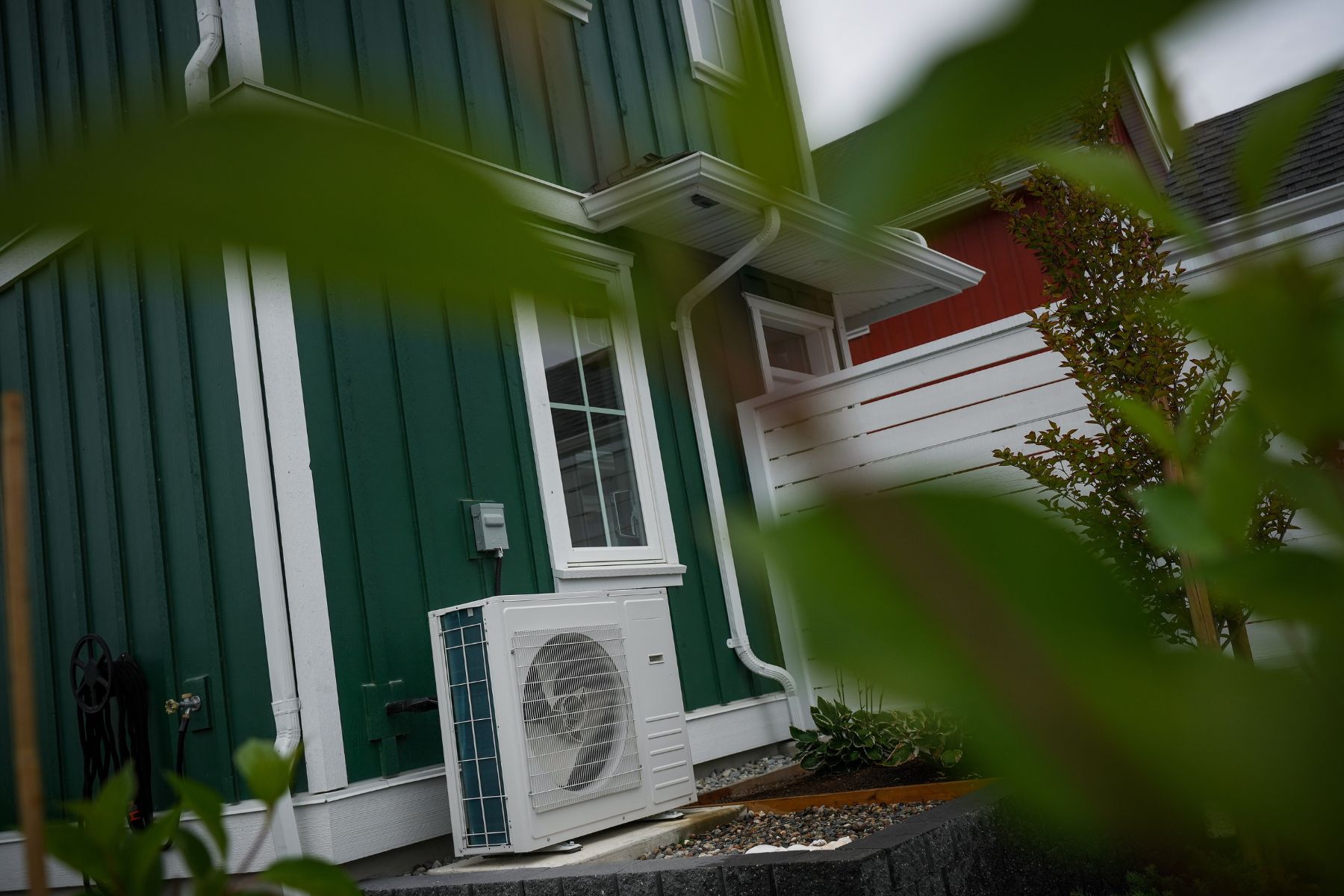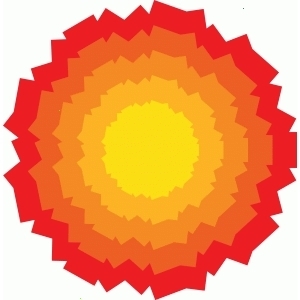I wish I knew about heat pumps a few years back when we replaced our A/C and furnace.
But they, at least by the time I have to replace them again, maybe prices will have come down or the tech improved even more on these things 👍
Been a little while since I looked up the utility rates, but last I remember gas is about 1/7 the cost of electricity in Saskatchewan. Makes it hard to justify heat pumps for heating in most places. Hope the technology continues to improve and it’ll be a more sustainable option when we have a more sustainable grid.
Last I read, which was years ago, was they still struggle under -20C. Which is not abnormal for many places in Canada. How do these perform in wicked cold times?
Many are designed for extreme temperatures now, but they are not efficient in such temperatures due to the properties of the refrigerants available. It will usually still run, but will run longer than usual and may not be able to keep up with heat demand. During a cold snap, might run continuously and may need frequent defrost cycles which further reduces efficiency and heating capacity. How cold they can/should go depends on things like sizing, refrigerant, building insulation, solar heat gain, and other factors. In a country like Canada, air source heat pumps will always be installed with a backup heat source. In Canada, that is most commonly the same natural gas furnace that the house was always originally equipped with, while the heat pump replaces the air conditioning unit, but backup heat can also be resistive electric, heating oil, wood, and more, and a decent thermostat will have an outdoor air sensor that can detect an appropriate outdoor conditions at which to switch from heat pump to backup/“emergency” heat when needed, and then back to heat pump when conditions permit.
In my experience, my heat pump provides about 90% of my heating from fall to spring. Only a few severe cold snaps put the heat pump on the bench for a few days switching over to emergency heat completely, and most of the winter it runs frequently to continuously to maintain consistent temperatures and only needs a short and occasional boost from the furnace. The gas backup is also nice peace of mind in case of a prolonged power outage due to a potential ice storm, as the furnace blower and electronic controls can easily be run off a small battery pack or generator for a very long time.
Central heat pumps have built in electric heat in cases the heat pump alone isnt sufficient.
Even if the heat pump isnt enough all the time, its still better than heating with oil, electricity, gas, etc. exclusively.
It isnt an all or nothing situation.
That, and some heat pumps are better than others. The ones that use geothermal (lines run underground below the frost line) are more expensive but don’t have much issue with the cold.
Last conversation I had on Reddit years ago a guy in Ottawa had data that showed that he was drawing heat during near -40C.
Some heat pump models can work at -30C
See here how Norway is doing it: https://www.theguardian.com/environment/2023/nov/23/norway-heat-pumps-cold-heating
Do Canadian homes use mostly 120 V wiring like the US, or 240 V wiring like the UK?
120 for most applications but 240 for things like stoves, dryers, heat pumps, car chargers, etc.
Residential Outlets are 120V which most household small appliances and lights plug in. Oven ranges, laundry dryers, air conditioning units use 240V. Essentially they have two inverted phases: -120V, +120V to supply 240V across the two ends, usually with a NEMA 14-30 or 14-50 type plug.
I’ve always found this fascinating about Canada and the US. Both legs are +/- 120V potential to ground, and 240V between them. Here in Australia, everything in my house is 230V between active(hot) and neutral, both for plug in appliances and hard wired stuff like my heat pump (We call it a reverse cycle air conditioner here). Almost every house I’ve ever lived in has had one.
My old resistive clothes dryer just plugged into a standard 10A outlet like everything else. My current heat pump dryer uses 1/5 the energy though and has already paid for the extra purchase cost over the past three years.
What are they powered by?
Most of Canada’s power is hydroelectric and nuclear. 60% of Canada’s energy production is hydroelectric, and Ontario has three of the largest nuclear power plants in the world.
It could still be fossil fuel, but they’re more energy efficient than burning the fossil fuel directly for heat.
Given their vastly higher energy efficiency, they still reduce emissions even if running on fossil fuels by a significant amount.
How does it even work, I can’t understand it at all.
Basically it doesn’t produce heat by converting energy into heat, rather, it uses energy to move heat from one place to another. Hence the name heat pump - it literally just pumps heat around. The place where it gets the heat in this case is the outside. While it’s usually colder than inside at the times when you’d want to use a heat pump for heating, it’s still way more than absolute zero - the freezing point of water is 273 Kelvin, after all. This means there’s always some amount of heat that you can ‘steal’ from the outside and pump indoors.
You may infer that this means that the heat pump is going to be pumping colder air outside, and you’d be correct in that inference. What’s even more interesting is the realization that you can harness that property by running the heat pump ‘in reverse’ to cool a space - which is exactly what an air conditioner does. It’s merely a heat pump that pumps the heat out of a space.
Here’s a Technology Connections video explaining the concept even better than I could: https://www.youtube.com/watch?v=7J52mDjZzto








